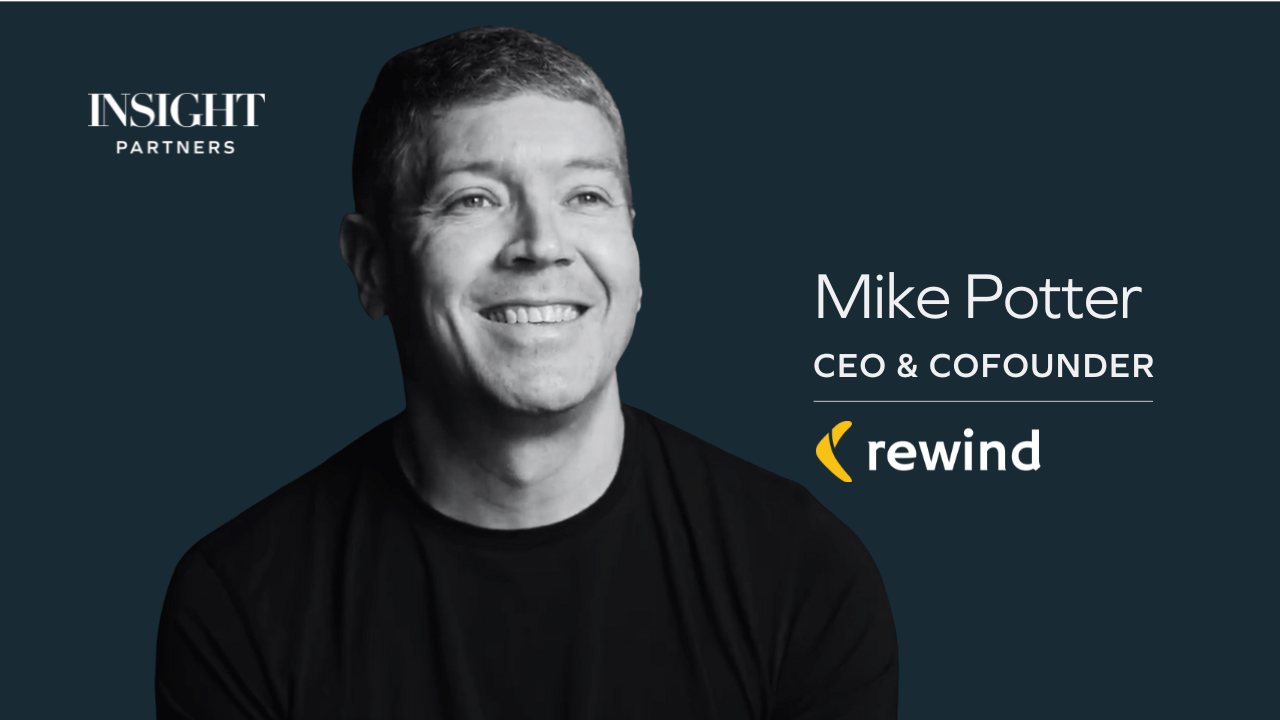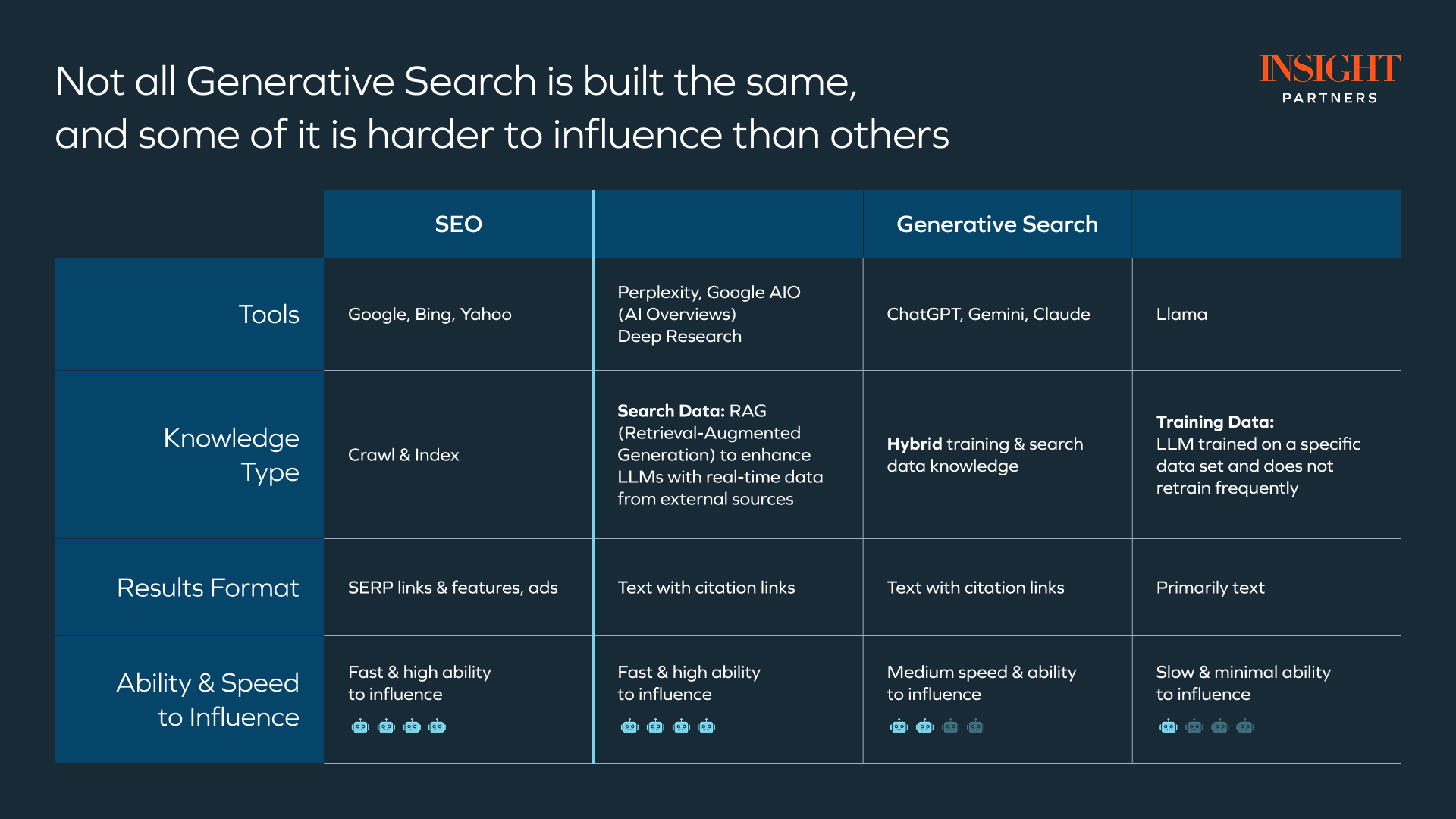What it takes to get usage-based pricing right

Adopting a usage-based pricing model isn’t just a tweak to how you charge customers — it’s often a fundamental shift in how your business creates, delivers, and captures value. As more companies seek scalable pricing strategies that align cost with customer outcomes, usage-based pricing is becoming a compelling option.
Whether you’re in the early stages of exploration or actively designing a new model, the path to usage-based pricing is as much about operational readiness as it is about pricing strategy.
This piece comes from Onsite Hour, a weekly tactical series for portfolio companies, created by Insight’s 130+ in-house experts. Led by Insight’s Ethan Desilva, the panel included Trengo‘s Helene Ekkers, m3ter‘s Griffin Parry, and Keyfactor’s Ellen Kindley.
Below are some of the top insights from that conversation.
Don’t underestimate the scale of change
As Desilva put it: “Many companies underestimate the degree of change necessary.” That’s because usage-based pricing doesn’t just affect how customers are billed. It has implications for forecasting, sales compensation, systems, data infrastructure, and customer relationships.
At Trengo, a customer engagement platform, the shift started when CSMs hesitated to recommend powerful automation tools, fearing it might reduce seat counts and lower revenue. “That was a big red flag,” said Ekkers. “When you’re delivering more value to your customers, you should be able to monetize that better.”
Start with the right metric
One of the first decisions in a usage-based pricing transformation is choosing the right usage metric. At Trengo, the team had already aligned around a North Star metric: conversations. That clarity made the transition easier. “We really see a very strong correlation between the volume of our customers that go through our platform and retention,” said Ekkers. From that data, it made sense to monetize the metric.
Keyfactor, a cybersecurity company, chose certificates issued as its core metric. During a diligence process tied to bringing in new investors, the team discovered that their flagship product had poor net retention — despite strong customer adoption. The culprit was an unlimited usage model that limited expansion opportunities. “What we needed to do was build out a robust telemetry tracking…we actually had to do a big project of development work to start tracking that metric,” said Kindley.
The team chose certificates — the digital credentials that secure connected devices — as their usage metric. As customers grow, they naturally use more certs, making it a clear, value-linked measure. To support the change, Keyfactor built telemetry from scratch and equipped its sales team to act on usage data, offering upsell packs instead of triggering automatic overages. The result: more flexibility for customers, and new pathways for revenue growth.
Hybrid pricing is often the best starting point
All panelists agreed: Few companies should go “pure” usage-based right away.
“The hybrid model, like I mentioned, is where I’ve seen most companies go to that are trying to shift to usage-based pricing, because it balances a little bit of the old world [and] the new world,” said Desilva.
Ekkers explained that Trengo adopted a hybrid model — charging a platform fee, users, and conversations — because a subset of their customers had setups that required multiple users but relatively low message volume. This approach gave the company room to evolve gradually toward a more usage-heavy model.
For Kindley’s team at Keyfactor, the hybrid approach provided a way to maintain customer price predictability — a critical factor in enterprise sales — while creating upsell opportunities through usage “packs.”
Align the business — then build the systems
Transitioning to UBP isn’t just a pricing project — it’s a company-wide initiative. “It’s very cross-functional,” said Kindley. “It’s going to touch your marketing team, it’s going to touch your product team. It’s going to touch your sales team, your SES.”
Systems are often the breaking point. Parry, whose company m3ter helps businesses implement billing infrastructure, warned against both extremes: using a fragile “spreadsheet of doom” or over-investing in big middleware platforms. His advice: “What they need to do is just focus on what’s missing, and implement it in a way that disrupts existing workflows and processes as little as possible.”
Both Trengo and Keyfactor eventually moved to more scalable systems, but not without lessons. Like many teams implementing new billing infrastructure, Trengo entered the project with a long list of must-haves. The team had a clear vision for how the system should work and pushed hard for custom configurations. But looking back, Ekkers sees that approach differently: “And in hindsight, we would follow the system a bit more and maybe forsake some functionality, but then have a lot more simplicity,” she said.
Sales enablement is non-negotiable
Surprisingly, none of the companies on the panel changed their core sales comp plans. Instead, they leaned into messaging, education, and tools to help sales reps succeed.
At Keyfactor, a specialized team was created to lead backbook migrations. “They weren’t hunting whales,” said Kindley. “They were focused on uplifting usage and ARR over time.” The company also invested heavily in enablement, from kickoff training and talk tracks to objection handling.
Trengo took a similar path. Ekkers noted that while the sales team was on board, conversations — Trengo’s usage metric — were difficult to forecast. “Not all our customers know exactly how many tickets they get in on a monthly basis,” she said. “So we had a lot of calculators… and also a lot of communication on how to explain the pricing.”
Set the right expectations with customers
One of the biggest objections to usage-based pricing? Fear of unpredictability. Customers don’t want to be surprised by their bills.
The panelists shared several strategies to manage this:
- Establish clear tiers and thresholds to inform customers of their expectations.
- Offer runway or overage packs to avoid unexpected penalties.
- Use usage alerts (e.g., “You’ve hit 80% of your volume”) to trigger conversations before overages occur.
Importantly, much of this relies on clean data and strong visibility into both entitlements and usage.
Appoint a dedicated owner
The clearest takeaway from the panel: Someone needs to own the project, and they need time and authority to drive it.
“We didn’t have a single owner of the entire project within our team… that’s the one thing I would change,” said Ekkers. Kindley agreed: “I went person by person, and I was like, ‘Here’s your role in this, and it’s going to take 25% of your time for eight weeks.’”
Usage-based pricing isn’t a weekend project — but with the right structure and a clear North Star, it can unlock long-term customer value and sustainable growth.
This Onsite Hour content was unlocked for a public audience, but Insight Partners portfolio companies have exclusive access to weekly sessions with our experts across topics including GTM, tech, hiring, and more. Portfolio companies can learn more and sign up for upcoming sessions here: https://go-scale.com/page/events-hub.
*Note: Insight has invested in Trengo, m3ter, and Keyfactor.










